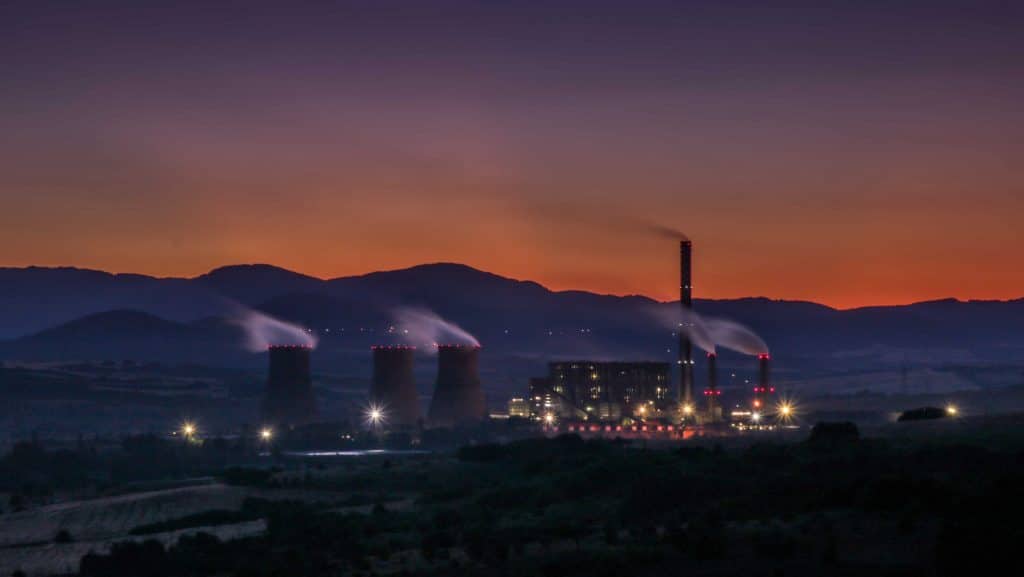FSR Topic of the Month
REGULATION IN TIMES OF INNOVATION: REGULATING THE UNKNOWN
by Miguel Vazquez (Head of FSR Energy Innovation Area)
Modernization of the electricity grid may deeply change the economic properties of electricity systems. Part of these changes have been discussed in recent years within the context of smart grids: a potential end-state of system evolution is a platform where all resources (distributed or not) could be connected and be part of a multi-layered optimization (which we may call a Smart Grid).
An additional step in the evolution of electric networks is to consider the convergence with ICT networks, which also involves the creation of a unique network (sharing resources and a common architecture), with the aim of making possible new transactions. The telco industry has experienced this kind of process, where the convergence of voice, data and video has created value and facilitated innovation. In this more evolved example, we would have a very different playing field with an ecosystem made up of startups and incumbents, energy and non-energy players, and, in general, energy and telco assets that enable energy and broadband flows.
In this context, what are the effects of the regulatory rules that define the products that can be commercialized in the final knowledge network?
Consider, as in (De Martini and Taft, 2015), three basic business models in future electric networks:
- The ‘current-path’ system, where the unidirectional use of the distribution system is assumed and advanced technologies are used to improve reliability, resiliency, safety and efficiency;
- An intermediary-based system where a platform enables exchange (e.g. Amazon);
- A network where profit is based on the collective value of an ecosystem (e.g. Cisco’s Internet of Everything).
These three business models imply different knowledge networks. To illustrate that, let me consider elementary kinds of networks. In particular, let me compare “small world” to “scale-free” networks. The former are networks with many of the nodes connected to their neighbours (close nodes) and with a few connections with distant nodes. The latter are networks where few of the nodes are very connected, and most of the nodes are not very connected (i.e. nodes’ number of connections follows a power law).
Our concern, nonetheless, is not only what the final topology of the network is but what the characteristics of network formation are. Small-world networks are formed primarily by combining random attachment with homophily (preference for attachment to a close node). If we consider that, in our application to electric networks, homophily means the preference for transacting with a similar agent, it would represent a tendency to decentralization. In that sense, small-world networks would be a system made up predominantly by the connection of local networks (e.g. micro-grids).
On the other hand, scale-free networks are formed by considering, besides homophily, preferential attachment (preference for attachment to a “good” node). In the context of electric networks, preferential attachment would mean advantages associated with the connection to distribution systems, or “aggregators” in general, as opposed to off-grid solutions.
With the previous reasoning, we may begin answering our original question (the effects of regulation on the creation of knowledge networks). Market designs favouring off-grid solutions (as the ones associated with facilitating the participation of distributed resources in all market transactions) will strengthen homophily mechanisms, and hence they will promote small-world networks.
In that view, market designs promoting “behind-the-meter” transactions (e.g. Germany) will be examples close to the previous strategy. On the other hand, market designs which are driven by distribution companies (e.g. California’s trend to channel storage investments through utilities) will favour scale-free networks.
Therefore, the design of regulatory rules may have extreme impacts on the creation of knowledge networks in electric systems.
References
De Martini, Paul, and Jeffrey D. Taft. Value creation through integrated networks and convergence. No. PNNL-24152. Pacific Northwest National Lab. (PNNL), Richland, WA (United States), 2015.







